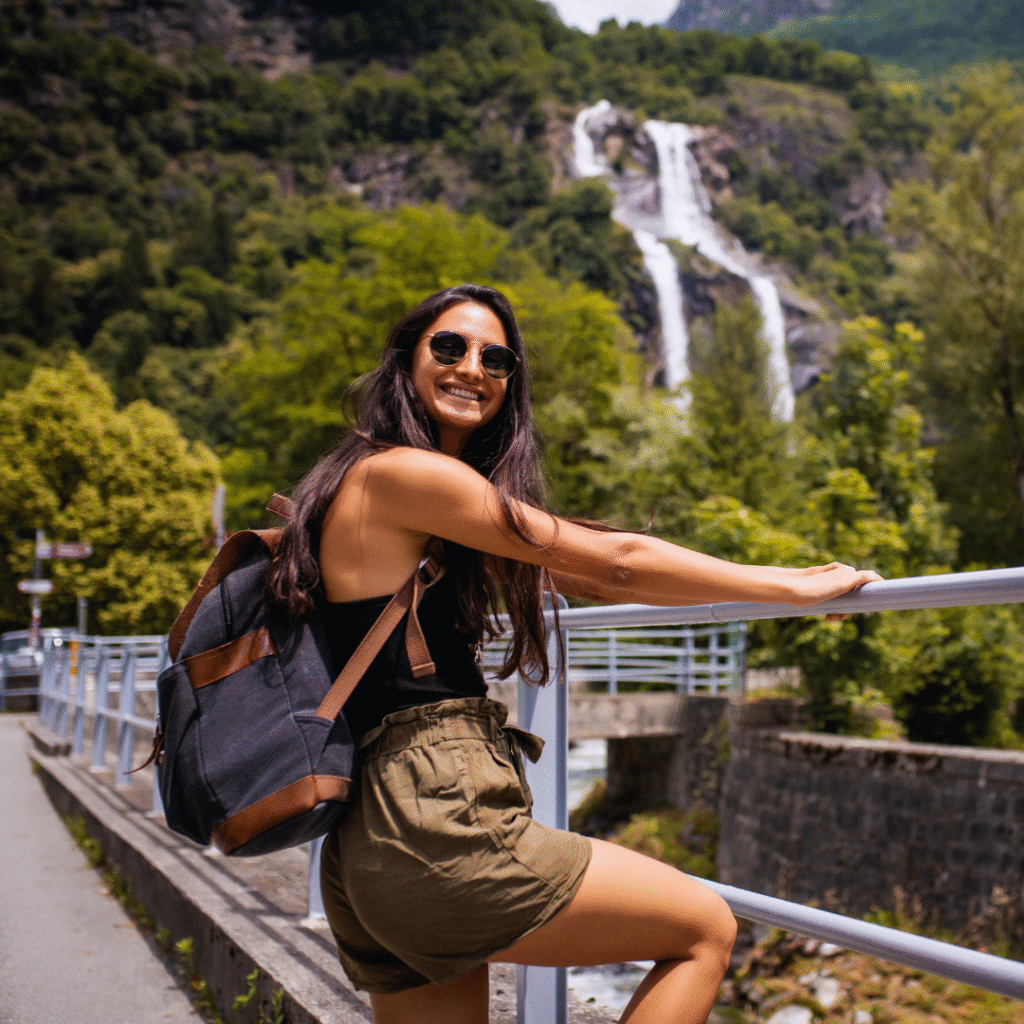Solo female travel can be an empowering and enriching experience, allowing women the freedom to explore the world on their own terms. Planning ahead, staying aware of surroundings, and trusting instincts are crucial elements for ensuring safety during solo journeys. With the right precautions, adventure awaits at every turn, making travel both enjoyable and secure.
To navigate new destinations confidently, solo female travellers should invest time in researching the areas they plan to visit. Knowing local customs, cultural norms, and safe transportation options can significantly enhance a traveller’s experience. Additionally, being aware of travel advisories and engaging with fellow travellers can provide valuable insights.
Choosing accommodation wisely also plays a vital role in safety. Opting for reputable hostels, hotels, or homestays with good reviews can create a more secure environment. With these strategies in place, women travellers can embrace their independence while exploring the globe, creating unforgettable memories along the way.
Preparing for Your Solo Adventure
Prior to embarking on a solo travel journey, meticulous preparation is vital. Investigating destinations, planning an itinerary, and booking travel essentials will enhance safety and enjoyment throughout the experience.
Researching Destinations Safely
When selecting a destination, a female solo traveller should prioritise safety. Investigate travel advisories from reliable sources such as government websites. Consider the political climate, local laws, and cultural norms.
Utilising online forums and blogs written by other female travellers can provide insights into safety concerns and practical tips. Look for regions known for being welcoming to solo women. Assess crime rates and areas to avoid, and consider using apps that provide real-time safety updates.
Planning Your Itinerary
Creating a detailed itinerary is crucial for solo travellers. Outline daily activities, ensuring a mix of sightseeing and downtime. It’s advisable to share this itinerary with a trusted friend or family member.
Incorporate rest periods, especially after long travel days. Consider joining guided tours for unfamiliar locations, as this can enhance security. Flexibility is also important; have a backup plan for unforeseen circumstances like inclement weather.
Booking Flights and Accommodation
Choosing budget airlines can be a cost-effective way to reach your destination. However, ensure that the airlines have positive safety records and reviews. Book flights that arrive during daylight hours to allow for easier navigation upon arrival.
When selecting accommodation, opt for reputable hotels or hostels with solid safety records. Reading reviews on trusted sites can provide essential insights. Prioritise locations in safe neighbourhoods, close to public transport. Always verify if the accommodation has security features, such as surveillance cameras or 24-hour reception.
Essential Safety Tips for Solo Female Travellers
Being a solo female traveller can be a rewarding experience, but safety should always be a top priority. Awareness and preparedness can significantly enhance safety while travelling alone.
Staying Aware and Trusting Your Instincts
Maintaining situational awareness is crucial. This means being attentive to surroundings and recognising unusual behaviour. She should be cautious in crowded places, where pickpockets might operate.
Trusting her instincts is equally important. If something feels off, it often is. Avoiding poorly lit areas, especially at night, can further reduce risk.
Regularly checking in with family or friends can enhance safety, providing updates on her location. She might consider using apps that share her location with trusted contacts, creating an additional safety net.
Managing Money and Valuables
To effectively manage money and valuables, she should limit cash on hand and use contactless payment methods where possible. Splitting money into different locations, such as keeping some in a hidden pocket and some in a travel wallet, adds security.
Using a crossbody bag can deter theft. Opting for bags that come with zippers and are not easily accessible can help keep items secured. She might also consider using anti-theft gear, which offers built-in security features.
When withdrawing cash, choosing well-lit ATMs in busy areas is advisable. She should be sure to cover her PIN while entering it. Additionally, having a backup card in a separate location can prevent issues if a primary form of payment is lost or stolen.
Maintaining Confidentiality of Your Plans
Maintaining confidentiality about travel plans can minimise risks. Avoiding sharing too much information about her itinerary with strangers is advisable.
Using a business-like tone while communicating about destinations may deter unwanted attention. She should also consider keeping physical copies of important documents separate from digital ones to avoid losing everything in one incident.
Booking accommodations through reputable platforms can provide peace of mind. Checking reviews can help ensure she chooses a safe place. Lastly, informing hotel staff about her plans can help them keep an eye on her safety while she is out and about.
Navigating Social and Cultural Situations Abroad
Understanding local customs, dressing appropriately, and building confidence in communication is crucial for solo female travellers. These aspects not only enhance the travel experience but also ensure safety and respect in different cultural settings.
Understanding and Respecting Local Customs
Familiarising oneself with local customs is essential. Each country has its own set of cultural norms that dictate behaviour, greetings, and interactions. For instance, in Japan, bowing is a common greeting, while in many Middle Eastern countries, a handshake with the opposite gender may not be appropriate.
Research is key. Women should recognise specific customs regarding hospitality and social gatherings. When invited to someone’s home, it is a norm to bring a small gift, such as flowers or sweets. Observing and mimicking local behaviours can also foster trust and respect.
Dressing Appropriately for Each Culture
Clothing choices significantly impact how a solo female traveller is perceived. In conservative countries, wearing loose-fitting, long garments will help one blend in and avoid unwanted attention. This can include covering the shoulders and knees, as well as wearing a scarf in places of worship.
It’s advisable to research the local dress code before travelling. Certain regions may have specific expectations; for example, in India, women often wear sarees or salwar kameez. Adapting to these styles not only demonstrates respect but can also enhance safety and comfort while exploring new environments.
Building Confidence While Communicating
Effective communication is pivotal when navigating new cultures. Solo female travellers should practise basic phrases in the local language, which can facilitate engagement and show respect. Learning simple greetings or thank-you phrases can go a long way.
It’s also beneficial to observe non-verbal cues in social situations. Understanding body language and recognising when to maintain distance is vital. If a situation feels uncomfortable, trusting one’s instincts is important. Engaging with local women can provide insights and tips specific to the area, further enriching the travel experience.

